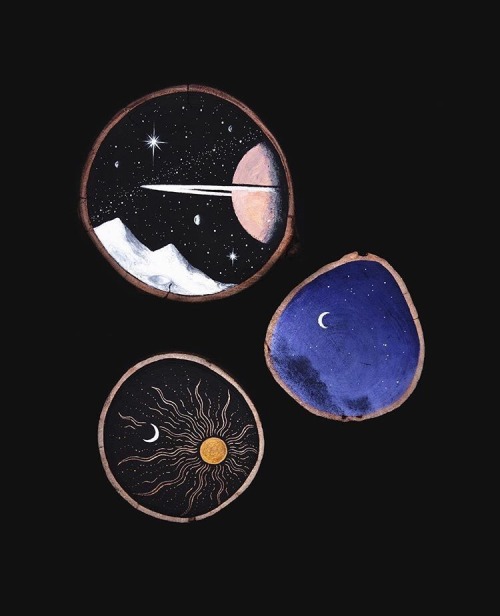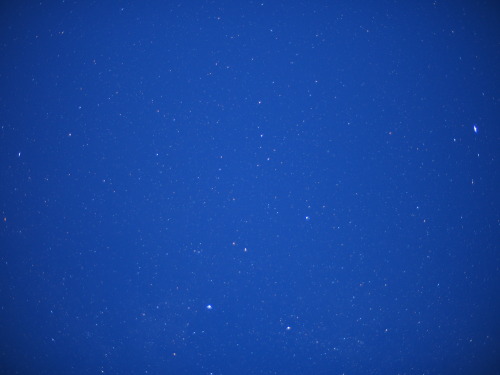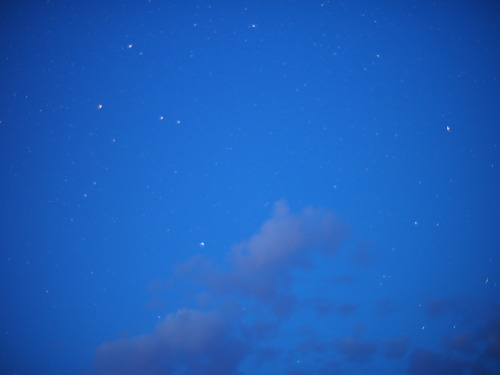Https://www.instagram.com/p/BIGb_knD77X/

https://www.instagram.com/p/BIGb_knD77X/
More Posts from Sidusglacies and Others
A rendering (Motion Edit) of a thunderstorm, based on a single photograph of a cumulonimbus cloud lit by a lighting, captured by night from an airliner at 40,000ft (12,000m), visualize a towering cumulus convection emerging from an altocumulus cloud cover.

An altocumulus cloud cover from below.
types of people: celestial bodies
stars: bright-eyed, lonely, smiling to hide the pain, dreamer, falling in love with music, overworking, makes others happy
comets: cold, secretly wants to hold hands, killer gaze, has trouble expressing their emotions, loves unconditionally
moons: soft, a little clingy, heart of gold, gives the best hugs, says sorry too often, pinky promises, gets excited easily
meteors: quiet, fleeting but beautiful smiles, a little insecure, has a way with words, friends are like family, selfless
asteroids: stubborn, loud, protective of their loved ones, doesn’t care, street smart, will fight you, probably wears rings
nebulae: soul of an artist, messy hair, loves children, vibrant, laughs loudly, sensitive, every color is their favorite color



An total solar eclipse, 1905, observed from Palma, Balearic Islands, Spain, illustrated by Major Baden-Powell.

timelapse di un’eclissi totale di Luna, in cui la Luna passa nell’ombra della Terra, diventando color rosso sangue

What drives auroras on Saturn? To help find out, scientists have sorted through hundreds of infrared images of Saturn taken by the Cassini spacecraft for other purposes, trying to find enough aurora images to correlate changes and make movies. Once made, some movies clearly show that Saturnian auroras can change not only with the angle of the Sun, but also as the planet rotates. Furthermore, some auroral changes appear related to waves in Saturn's magnetosphere likely caused by Saturn's moons. Pictured here, a false-colored image taken in 2007 shows Saturn in three bands of infrared light. The rings reflect relatively blue sunlight, while the planet itself glows in comparatively low energy red. A band of southern aurora in visible in green. In has recently been found that auroras heat Saturn's upper atmosphere. Understanding Saturn's auroras is a path toward a better understanding of Earth's auroras.
Image Credit: NASA, Cassini, VIMS Team, U. Arizona, U. Leicester, JPL, ASI









Space angel stimboard!
[x/x/x/x/x/x/x/x/x]
Photography by seanenmiddleton! please support the original post!


Stars again

Neighboring planets, painted by Don Dixon, 1978.
-
 foul liked this · 4 years ago
foul liked this · 4 years ago -
 aaaaaaaaahhhhhhhhhhhhhhhhhhhhh reblogged this · 4 years ago
aaaaaaaaahhhhhhhhhhhhhhhhhhhhh reblogged this · 4 years ago -
 alextheskeletonman liked this · 5 years ago
alextheskeletonman liked this · 5 years ago -
 freedominthecagee reblogged this · 5 years ago
freedominthecagee reblogged this · 5 years ago -
 p-3ac liked this · 5 years ago
p-3ac liked this · 5 years ago -
 torqued-queer liked this · 5 years ago
torqued-queer liked this · 5 years ago -
 nigga01001 liked this · 5 years ago
nigga01001 liked this · 5 years ago -
 twisted-tea-no-jutsu liked this · 5 years ago
twisted-tea-no-jutsu liked this · 5 years ago -
 bigmoneyshit liked this · 5 years ago
bigmoneyshit liked this · 5 years ago -
 akauraslut liked this · 5 years ago
akauraslut liked this · 5 years ago -
 yoginextdoor liked this · 5 years ago
yoginextdoor liked this · 5 years ago -
 zofi liked this · 5 years ago
zofi liked this · 5 years ago -
 la-amabilie liked this · 5 years ago
la-amabilie liked this · 5 years ago -
 maryaetlart reblogged this · 5 years ago
maryaetlart reblogged this · 5 years ago -
 maryaetlart liked this · 5 years ago
maryaetlart liked this · 5 years ago -
 sanpaku reblogged this · 5 years ago
sanpaku reblogged this · 5 years ago -
 crematedclit liked this · 5 years ago
crematedclit liked this · 5 years ago -
 wolfyriolu liked this · 5 years ago
wolfyriolu liked this · 5 years ago -
 psychicpwrs reblogged this · 5 years ago
psychicpwrs reblogged this · 5 years ago -
 melancholia-sutra reblogged this · 5 years ago
melancholia-sutra reblogged this · 5 years ago -
 so-uum liked this · 5 years ago
so-uum liked this · 5 years ago -
 mezadude reblogged this · 5 years ago
mezadude reblogged this · 5 years ago -
 mezadude liked this · 5 years ago
mezadude liked this · 5 years ago -
 mixhaellcruz liked this · 5 years ago
mixhaellcruz liked this · 5 years ago -
 moteltv reblogged this · 5 years ago
moteltv reblogged this · 5 years ago -
 eviezamorakin reblogged this · 5 years ago
eviezamorakin reblogged this · 5 years ago -
 tragicboi69 liked this · 5 years ago
tragicboi69 liked this · 5 years ago -
 enasgiaolouskaioloigiatonpoutso liked this · 5 years ago
enasgiaolouskaioloigiatonpoutso liked this · 5 years ago -
 tintele reblogged this · 5 years ago
tintele reblogged this · 5 years ago -
 klarasokolowska reblogged this · 5 years ago
klarasokolowska reblogged this · 5 years ago -
 tongueful reblogged this · 5 years ago
tongueful reblogged this · 5 years ago -
 sidusglacies reblogged this · 5 years ago
sidusglacies reblogged this · 5 years ago -
 aprettyboykill3r reblogged this · 5 years ago
aprettyboykill3r reblogged this · 5 years ago -
 gratefulwhiner liked this · 5 years ago
gratefulwhiner liked this · 5 years ago -
 g-l-a-s-s-h-e-a-r-t-s-s liked this · 5 years ago
g-l-a-s-s-h-e-a-r-t-s-s liked this · 5 years ago -
 waywarm liked this · 5 years ago
waywarm liked this · 5 years ago -
 dustfilledhead reblogged this · 5 years ago
dustfilledhead reblogged this · 5 years ago -
 af1 liked this · 5 years ago
af1 liked this · 5 years ago -
 blackpointgame liked this · 5 years ago
blackpointgame liked this · 5 years ago -
 goofus-maximilian liked this · 5 years ago
goofus-maximilian liked this · 5 years ago -
 thenameisbren liked this · 5 years ago
thenameisbren liked this · 5 years ago
